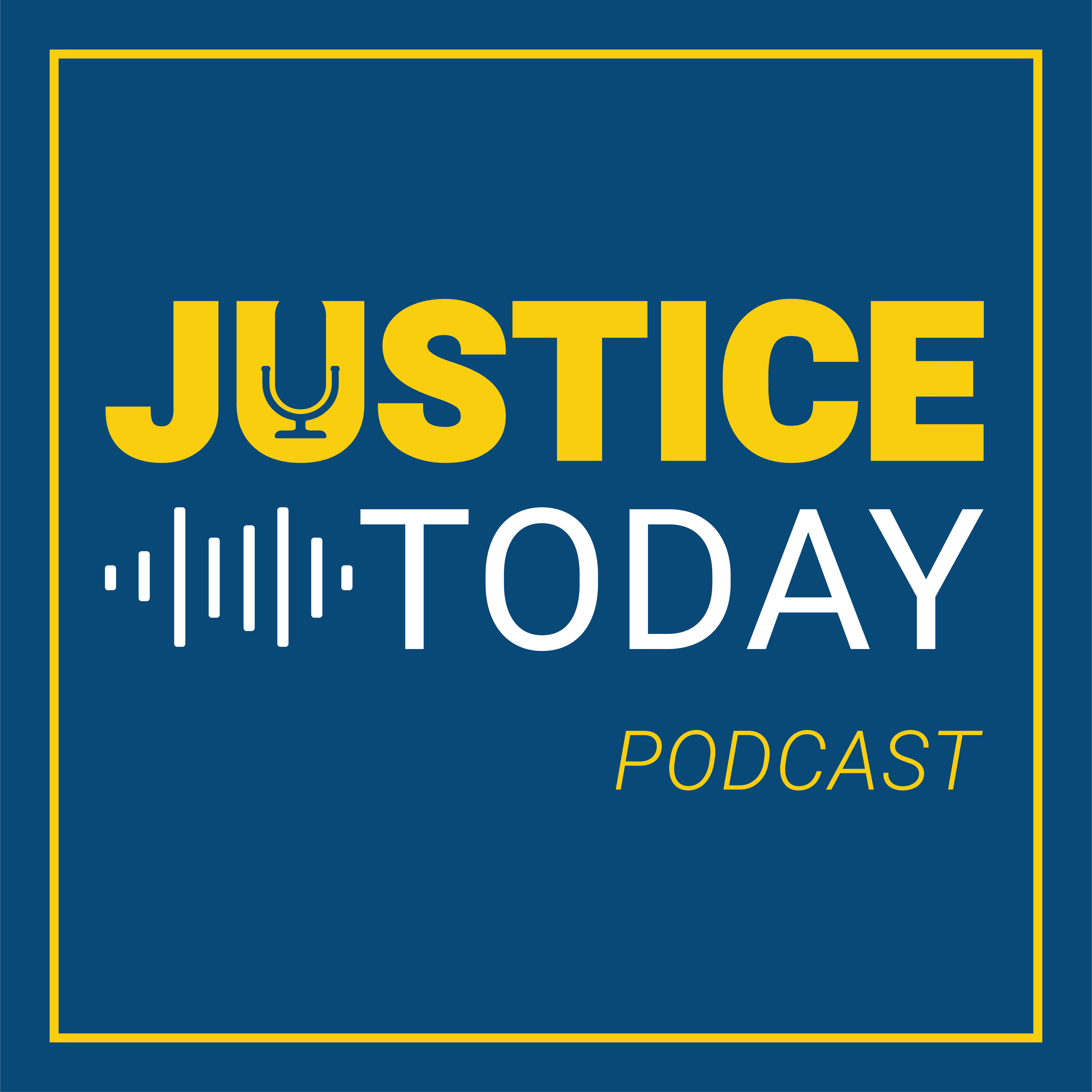DNA 101
This training was presented as a part of the National Center on Forensics conference at George Mason University on August 8th, 2023. In this session, FBI Forensic DNA Examiner Amanda Bakker introduces all the most vital concepts of DNA analysis and evidence. For those who aren’t DNA analysts but work in tangential fields such as law enforcement and criminal justice, this session will be incredibly useful for understanding topics such as what DNA is, how it transfers, how it is collected, and how it is analyzed.
Review the YouTube Terms of Service and the Google Privacy Policy
Advanced Crime Scene Analysis
George Mason University and the National Association of Attorneys General presents the National Center on Forensics Continued Training Plan
Review the YouTube Terms of Service and the Google Privacy Policy
Statistics 101
This training was presented as a part of the National Center on Forensics conference at George Mason University on August 9th, 2023. It is common for statistics to be used to contextualize the significance of evidence in a court of law. However, these statistics can be difficult to decipher without proper instruction. In this session, pathologist Dr. Dan Milner breaks down common uses of statistics in an easily-digestible way in order to elevate viewer’s understanding.
Review the YouTube Terms of Service and the Google Privacy Policy
Coroner Liaison
Review the YouTube Terms of Service and the Google Privacy Policy
Crime Scene Analysis
Review the YouTube Terms of Service and the Google Privacy Policy
Mental Health and Wellness: Challenges Faced by Pathologists
This training was presented as a part of the National Center on Forensics conference at George Mason University on August 8th, 2023. In this session, Board Certified Pathologist and Medical Director Marissa Saint Martin discusses the challenges that pathologists often face in regard to mental health, specifically burnout.
Review the YouTube Terms of Service and the Google Privacy Policy
Use of Canines to Solve Crime
Review the YouTube Terms of Service and the Google Privacy Policy
Frye, Daubert, and PCAST: Countering Admissibility Challenges
This training was presented as a part of the National Center on Forensics conference at George Mason University on August 8th, 20
Review the YouTube Terms of Service and the Google Privacy Policy
Progressing from Evidence to Action
A large body of research on crime and justice is available, yet it can take years for findings to influence practice in the field. During a recent panel at NIJ’s 2023 National Research Conference, researchers and practitioners shared ideas and discussed practical steps and promising new approaches to inspire change. Three guests join the show to continue their conversation: Dr. Tamara Herold, a senior advisor to NIJ, hosts Dr. Shon Barnes, the police chief of the Madison (Wisconsin) Police Department, and Dr.
Estimating Age of Death from Subadult Remains (Part Two)
The long-standing problem of estimating the age and sex of subadult skeletal remains has been significantly "solved" with the advances in understanding the growth and development patterns in the skeletons of young people. This is the second half of the conversation with Kyra Stull, an anthropologist and forensic researcher at University of Nevada, Reno, Danielle McLeod-Henning, a physical scientist at NIJ, host Jim Dawson.
From Research to Reality: Recruiting More Women into the Policing Profession: Preliminary Results of an NIJ-funded Applied Research Project
This webinar features the work of Dr. Jen Ranier, a research psychologist who studies workplace and workforce issues at RTI International. The project presented in this webinar had the goal of identifying ways to help law enforcement agencies recruit more women.
Review the YouTube Terms of Service and the Google Privacy Policy
Estimating Age of Death from Subadult Remains (Part One)
The long-standing problem of estimating the age and sex of subadult skeletal remains has been significantly "solved" with the advances in understanding the growth and development patterns in the skeletons of young people. Kyra Stull, an anthropologist and forensic researcher at University of Nevada, Reno, and Danielle McLeod-Henning, a physical scientist at NIJ, share more about this research with NIJ writer and host Jim Dawson.
Vaping: It's Not What You Think
Building More Reliable Forensic Sciences (Part Two)
The scientific basis of several aspects of forensic evidence was first called into question by the 2009 National Research Council report. That report had an immediate impact on law enforcement, crime labs, courtrooms, and the broader scientific community.
NIJ Director Nancy La Vigne Discusses Evidence-Based Strategies for Successful Reentry
NIJ Director Nancy La Vigne highlights the importance of evidence-based strategies for successful reentry. This strategy emphasizes the need for tailored and holistic support that starts during confinement and continues after release, with a focus on family involvement, cognitive-behavioral therapy, and community supervision.
Review the YouTube Terms of Service and the Google Privacy Policy
Building More Reliable Forensic Sciences (Part One)
A Leg Up: NIJ’s Graduate Research Fellowship Program
NIJ Director Dr. Nancy La Vigne joins the show to interview Dr. Marie Garcia, Director of NIJ’s Criminal Justice Systems Division and a former NIJ graduate research fellow. They discuss the application process, Marie’s experience as a fellow while at Temple University, and advice for future applicants.
Reading and Resources from NIJ:
Director La Vigne Discusses Forensic Research and Development at NIJ
NIJ Director Nancy La Vigne, Ph.D., was interviewed by the American Academy of Forensic Sciences.
Utilizing the "listen, learn, and inform" model is what Nancy La Vigne, the new Director at the National Institute of Justice says will be key in implementing the Forensic Science Strategic Plan. AAFS-TV sits down with La Vigne, fresh in her new role, to discuss how she plans to help researchers and scientists achieve their goals.
Review the YouTube Terms of Service and the Google Privacy Policy
Archiving Data at the National Archive of Criminal Justice Data: NIJ-OJJDP New Grantee Orientation
Review the YouTube Terms of Service and the Google Privacy Policy
NIJ Grantees Archiving Data at Repositories other than NACJD
Review the YouTube Terms of Service and the Google Privacy Policy
National Archive of Criminal Justice Data (NACJD) Data Deposit System Overview
Watch a detailed overview of the Inter-university Consortium for Political and Social Research's (ICPSR) online deposit system and the process for depositing data with National Archive of Criminal Justice Data (NACJD). The live demo was recorded in 2018 as part of a NACJD-OJJDP new grantee orientation webinar. The system and process are the same for other NACJD and ICPSR deposits, except that the appropriate archive should be selected when the project page for the deposit is created.
Review the YouTube Terms of Service and the Google Privacy Policy
Defining and Studying Elder Abuse Polyvictimization
NIJ Social Science Analyst Yunsoo Park shares her knowledge about elder abuse, a widespread issue in the U.S. and around the world, particularly polyvictimization — the experience of a range of different types of abuse and maltreatment. As much as 11% of community-residing older adults experienced some form of abuse or mistreatment in the past year. Yunsoo discusses risk factors, difficulties in defining and studying elder abuse polyvictimization, and strategies for intervention and prevention. Stacy Lee Reynolds, a Communications Assistant with NIJ, hosts.



